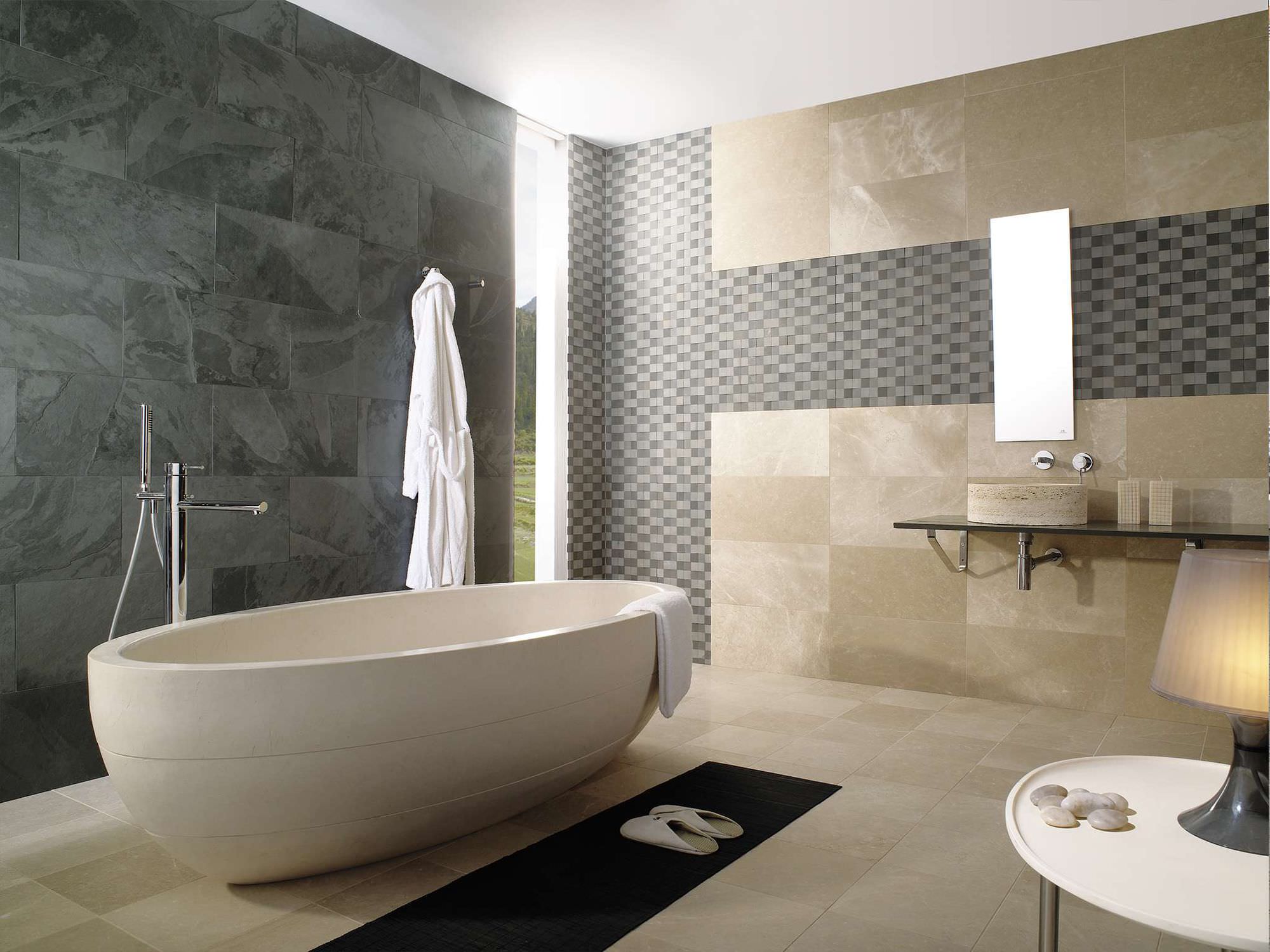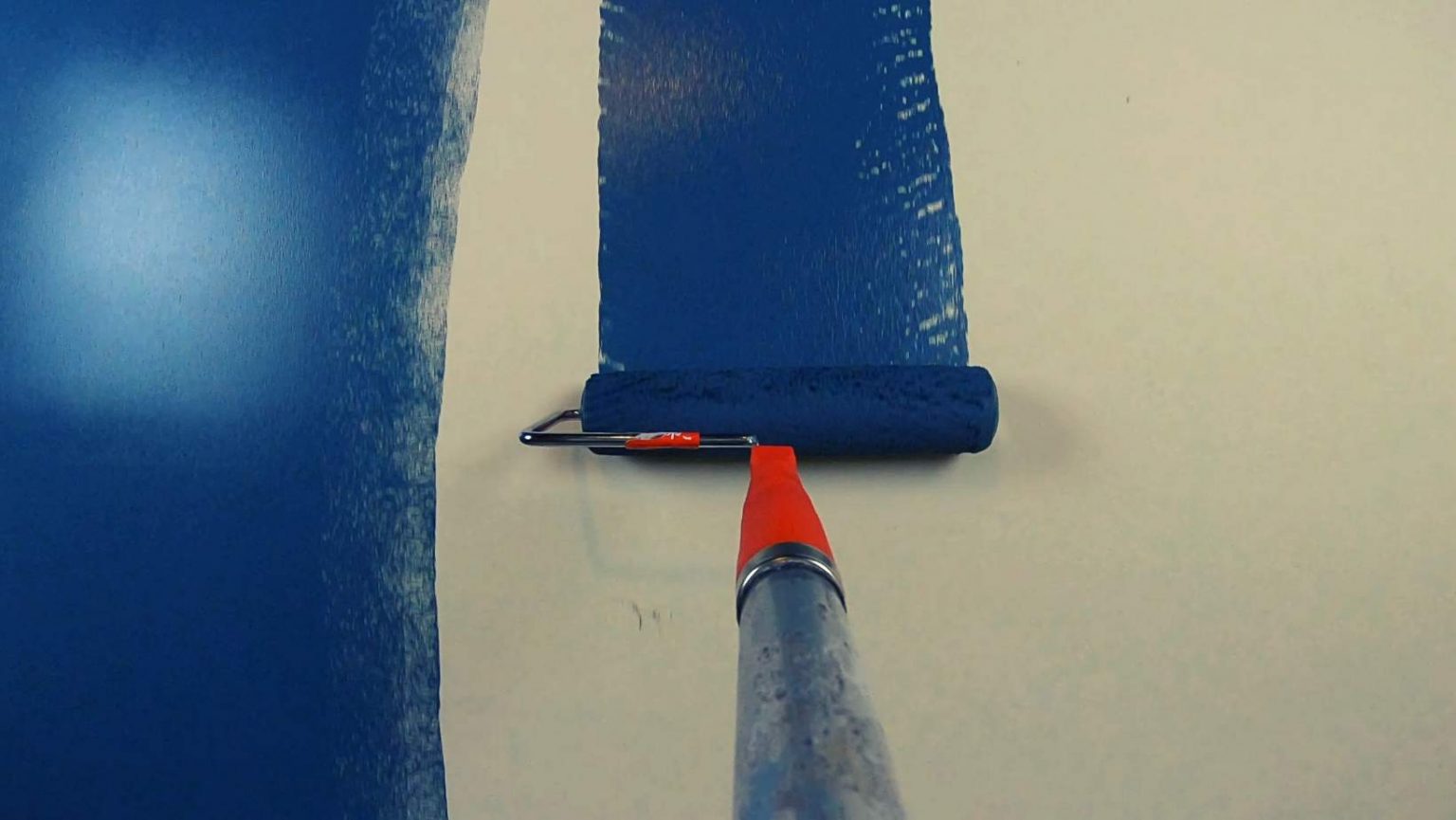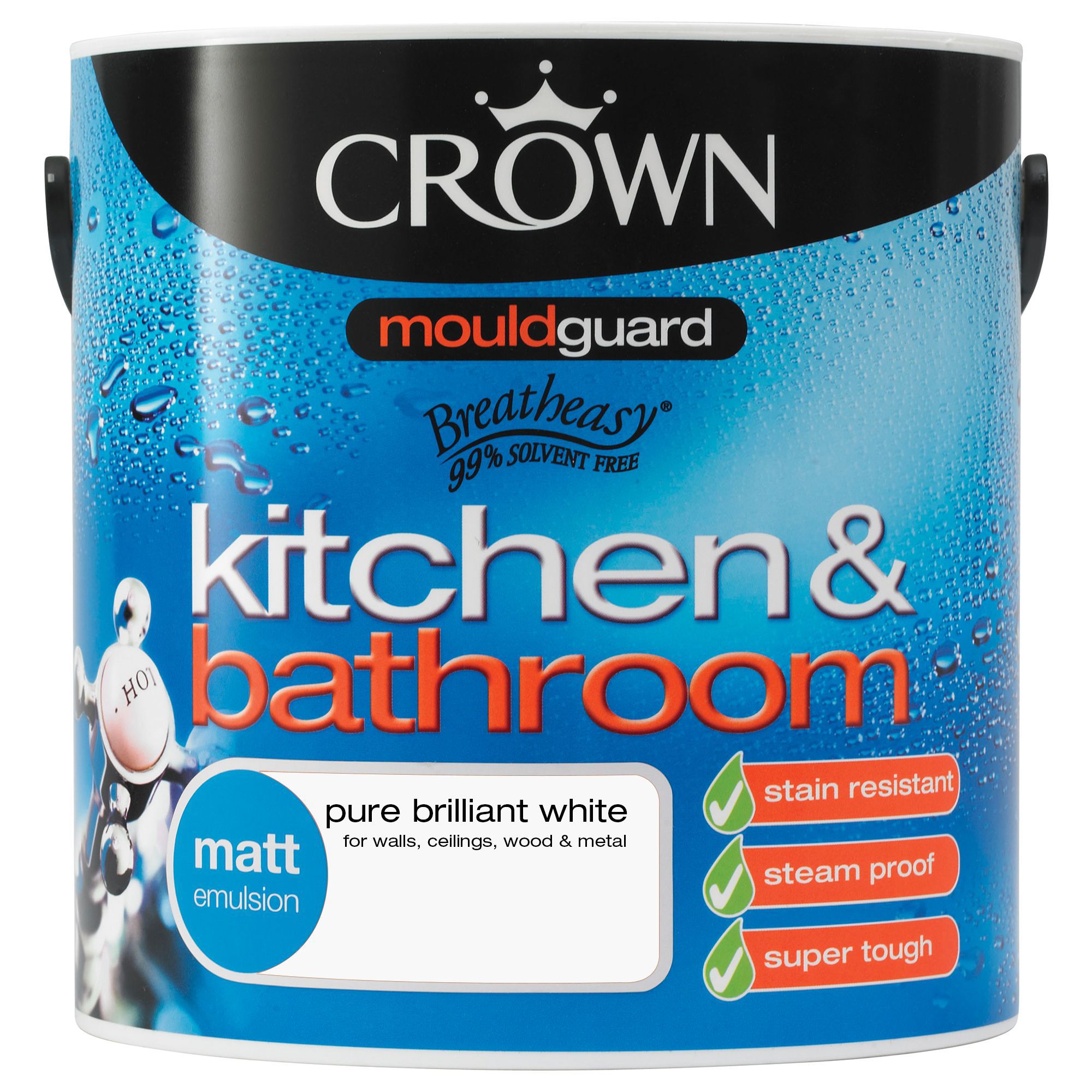Understanding the Challenges

Yo, painting over bathroom paint with emulsion? It ain’t as easy as it sounds. You gotta understand the differences between these paints and the potential issues that can arise.
Bathroom Paint vs. Emulsion Paint
Bathroom paint is typically formulated to withstand moisture, mildew, and frequent cleaning. It’s usually oil-based, which makes it more durable and resistant to water damage. On the other hand, emulsion paint is water-based, making it easier to apply and clean up. However, it’s not as durable as oil-based paint and can be more susceptible to moisture damage.
Potential Issues
Now, here’s the deal: painting over bathroom paint with emulsion can lead to some issues.
Adhesion Problems
Emulsion paint might not adhere properly to the oil-based bathroom paint. This could result in peeling or flaking, especially in areas with high moisture.
Mold Growth
If the bathroom paint is old or damaged, it could harbor mold or mildew. Painting over it with emulsion won’t kill the mold, and it could eventually grow through the new paint.
Color Inconsistencies
Emulsion paint may not cover the darker color of bathroom paint effectively, leading to uneven color or a noticeable difference in the shade.
Preparing the Bathroom Surface
Before you even think about applying emulsion paint, you gotta prep the bathroom surface properly. Here’s what you gotta do:
Cleaning
Clean the bathroom walls thoroughly with a mild detergent and water. This will remove dirt, grime, and any loose paint.
Sanding
Sand the bathroom paint lightly with fine-grit sandpaper. This will roughen the surface and create better adhesion for the emulsion paint.
Priming
Prime the bathroom walls with a suitable primer before applying emulsion paint. A primer will help the emulsion paint adhere better to the surface and create a smooth, even finish.
Choosing the Right Emulsion Paint: Painting Over Bathroom Paint With Emulsion

Yo, painting your bathroom? That’s a dope move! But hold up, picking the right paint is key, especially in a place that gets all kinds of crazy moisture and mildew. Let’s break down what you need to know.
Painting over bathroom paint with emulsion – When it comes to bathroom paint, you want something that’s tough as nails and can handle the humidity. Regular emulsion paint ain’t gonna cut it. You need a paint that’s specifically formulated for bathrooms. This means looking for paint that’s labeled as “bathroom-friendly” or “moisture-resistant”. You want to make sure that paint is mildew-resistant, too. This stuff’s like a ninja warrior, fighting off that nasty mildew that can grow in damp places. And don’t forget about durability, you want a paint that can stand up to all the scrubbing and cleaning that comes with bathroom life.
Types of Emulsion Paint for Bathrooms
Alright, let’s talk about the different types of emulsion paint that are perfect for your bathroom.
- Acrylic Emulsion: This is the OG of bathroom paints. It’s super durable, moisture-resistant, and dries fast. Plus, it’s easy to clean. You can’t go wrong with acrylic emulsion.
- Vinyl Silk Emulsion: This is a fancier option, offering a smoother finish and a bit more sheen. It’s also super washable, making it perfect for those who like to keep things spotless. But be careful, this stuff is a bit more sensitive to moisture than acrylic emulsion.
- Silicone Emulsion: This is the ultimate moisture-resistant paint. It’s also mildew-resistant and super easy to clean. Silicone emulsion is the best choice for areas with high humidity, like showers and tubs.
Choosing the Right Color
Alright, you’ve got your paint type locked in. Now, it’s time to pick the perfect color.
Think about your bathroom’s vibe. Do you want a bright and cheerful space or something more calming and serene? You can use the color wheel to find complementary colors that work well together. For example, if you have a light blue shower curtain, you could use a yellow or green paint to create a refreshing feel.
Consider the existing decor in your bathroom. If you have a lot of white tiles, you could add a pop of color with a bold accent wall. If you have dark cabinets, a light color on the walls will make the space feel larger and brighter. And remember, it’s all about your personal preference! If you love a certain color, don’t be afraid to go for it.
It’s a good idea to get a few paint samples and test them out on your walls before you commit. This will help you see how the color looks in different lighting conditions.
Painting Techniques and Best Practices
Yo, so you’ve got the right paint and you’re ready to transform your bathroom. Let’s break down the steps to get that fresh look you’re after.
Step-by-Step Guide to Painting Over Bathroom Paint, Painting over bathroom paint with emulsion
Alright, here’s the breakdown:
- Prepare the Surface: This is key, yo. You gotta make sure your bathroom walls are clean and smooth. Use a mild detergent and water to scrub down the walls, getting rid of any dirt, grime, or mildew. Then, use sandpaper to smooth out any rough patches or imperfections.
- Protect the Area: Cover up everything you don’t want to get paint on, like the floor, fixtures, and trim. Use drop cloths or painter’s tape to keep things clean.
- Prime the Walls: Before you start painting, prime those walls. A primer helps the paint adhere better and creates a more even finish. You can use a primer specifically designed for bathroom walls to help prevent mildew growth.
- Apply the First Coat: Now it’s time to paint! Use a roller to apply the first coat of emulsion paint. Start at the top of the wall and work your way down. Make sure to cover the entire surface evenly.
- Let it Dry: Give the first coat some time to dry. The drying time will vary depending on the paint and the temperature, but usually takes a few hours.
- Apply the Second Coat: Once the first coat is dry, you can apply the second coat. This will help create a more opaque and durable finish.
- Clean Up: After you’re done painting, clean up your tools. Wash your brushes and rollers with soap and water. Remove any painter’s tape and dispose of the drop cloths properly.
Painting Tools and Techniques
Here’s the deal on tools:
| Tool | Advantages | Disadvantages |
|---|---|---|
| Roller | Covers large areas quickly, provides a smooth finish | Can be difficult to reach corners and edges |
| Brush | Good for corners, edges, and small details | Can leave brushstrokes if not used properly |
| Sprayer | Fast and efficient, provides a smooth finish | Can be messy if not used correctly, requires ventilation |
Common Painting Mistakes to Avoid
Yo, don’t make these mistakes:
- Not prepping the surface: You gotta prep those walls, bro! Dirty or uneven surfaces will show through the paint and make it look terrible.
- Using the wrong paint: Emulsion paint is the way to go for bathroom walls, but make sure you get one that’s mildew-resistant.
- Not applying enough coats: You need at least two coats to get a good, even finish.
- Not letting the paint dry completely: If you try to apply the second coat before the first one is dry, you’ll end up with a sticky mess.
- Not cleaning your tools: Clean your brushes and rollers after each use to keep them in good shape and prevent paint from drying on them.

